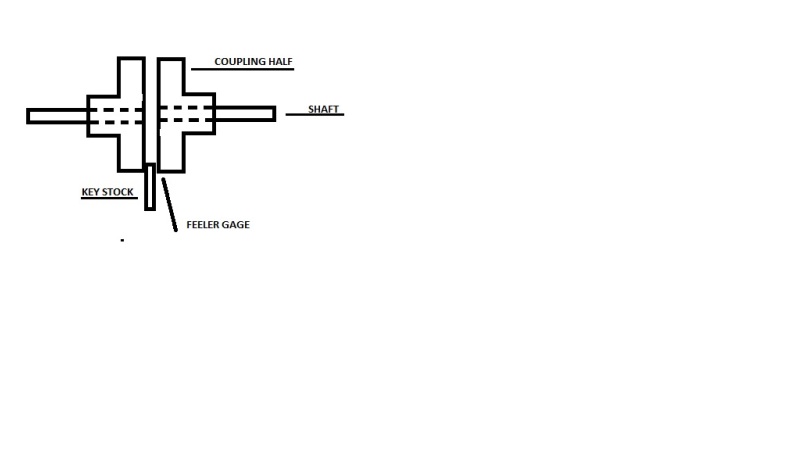Troubledrecycler
Industrial
- Sep 15, 2017
- 2
I am at wits end. I have a baler with an electric motor that drives a hydraulic pump. But. The Couplings keep slipping away from each other. Sometimes its the Motor side sometimes its the pump side. I have replaced Both Couplings and the buffer. Locktited the Set screws but it keeps happening. Any suggestions?

